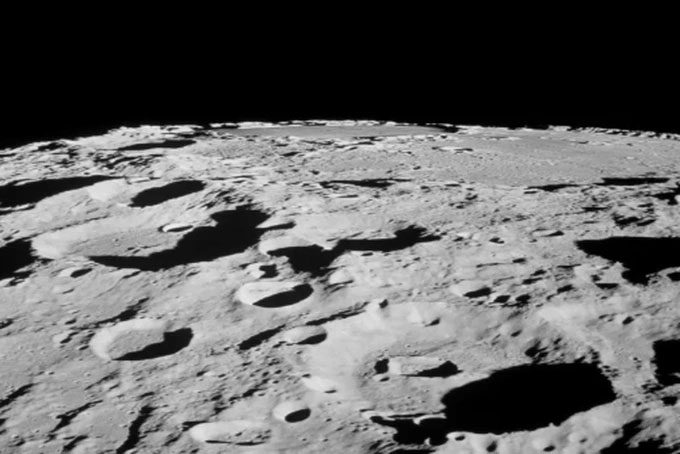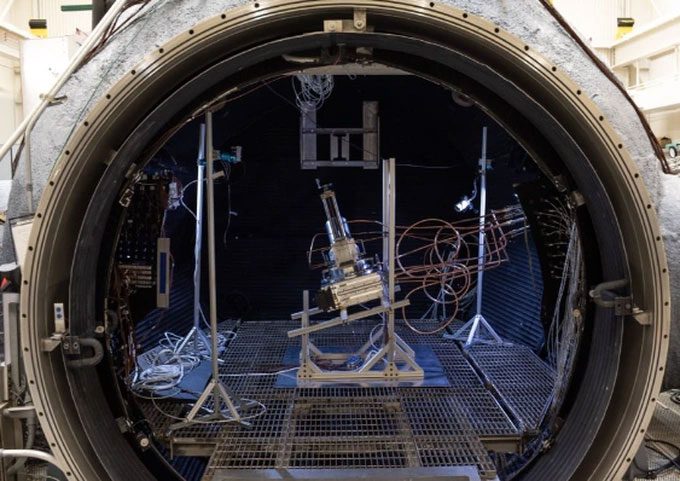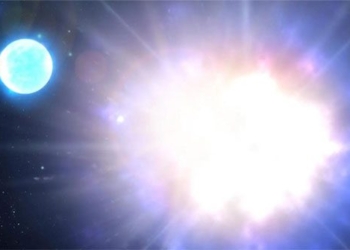A New Study Could Pave the Way for Future Lunar Exploration to Become More Convenient and Accessible.
A recent experiment conducted by researchers at NASA’s Johnson Space Center (JSC) marks a significant advancement as it successfully produced oxygen using simulated lunar soil in a vacuum environment for the first time.

An image of the lunar surface. (Photo: NASA).
To successfully carry out this process, NASA engineers used a 4.6-meter wide spherical vacuum chamber to project a high-intensity laser onto simulated regolith, or powdered lunar dust.
This process was designed to replicate sunlight melting materials in a procedure known as thermal reduction.
By maintaining a constant pressure within the reactor, when the simulated lunar soil was heated, a quantity of carbon monoxide was released from it, making the separation of oxygen feasible.
Aaron Paz, a senior engineer at JSC, praised this achievement, stating: “This technology has the potential to generate significant amounts of oxygen annually on the lunar surface, thus enabling human presence there and supporting a lunar economy.”

A NASA high-intensity laser carbon thermal reactor at the Johnson Space Center (Photo: NASA/Brian Sacco).
Anastasia Ford, a NASA engineer and the testing director at JSC, believes the experiment demonstrates NASA’s technical readiness for space exploration. She also revealed that a practical test will be deployed alongside NASA’s upcoming Artemis missions.
Among these missions, the most notable is Artemis 3, which is expected to return astronauts to the lunar surface for the first time in over 50 years.
For missions beyond that, such as sending humans to Mars, the U.S. space agency plans to use a long-term lunar settlement as a stepping stone.
There, successfully extracting oxygen from lunar rock could have many practical applications, including producing breathable oxygen and even fuel for rockets.





















































